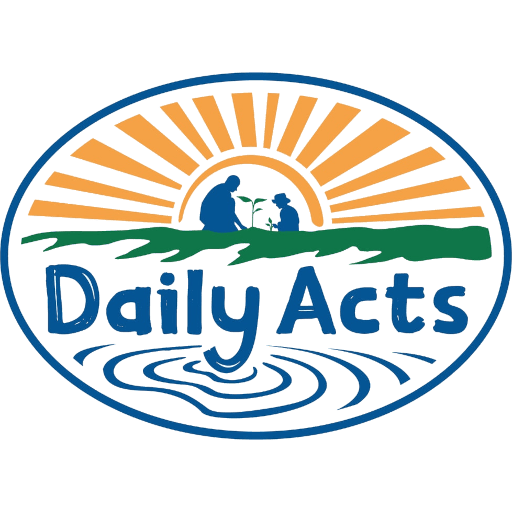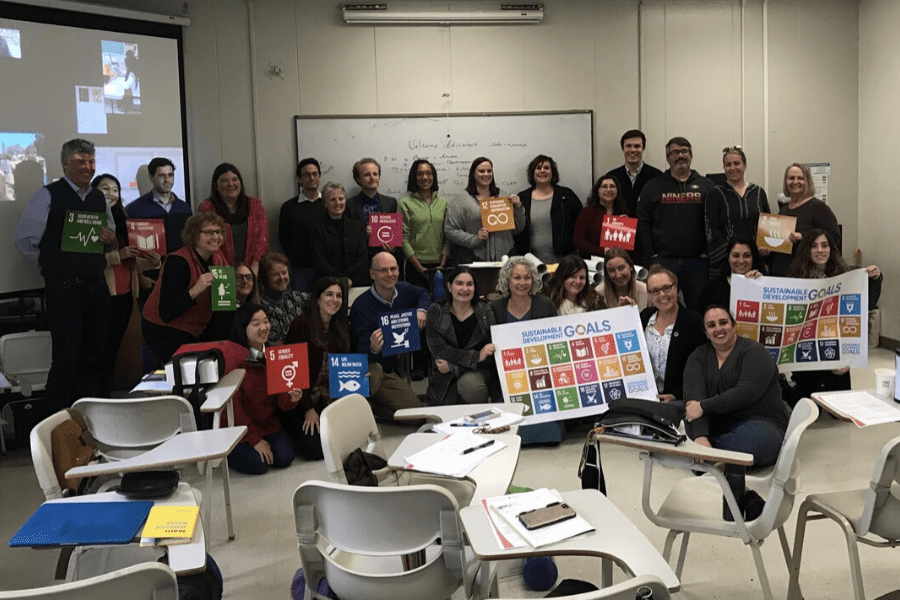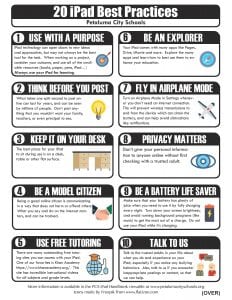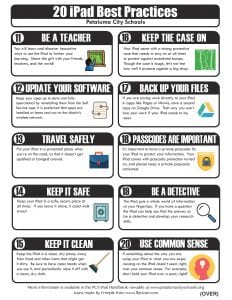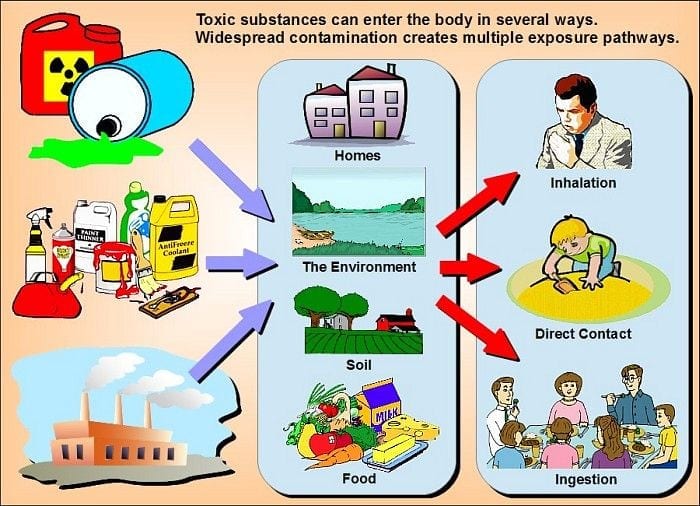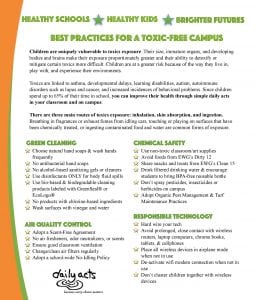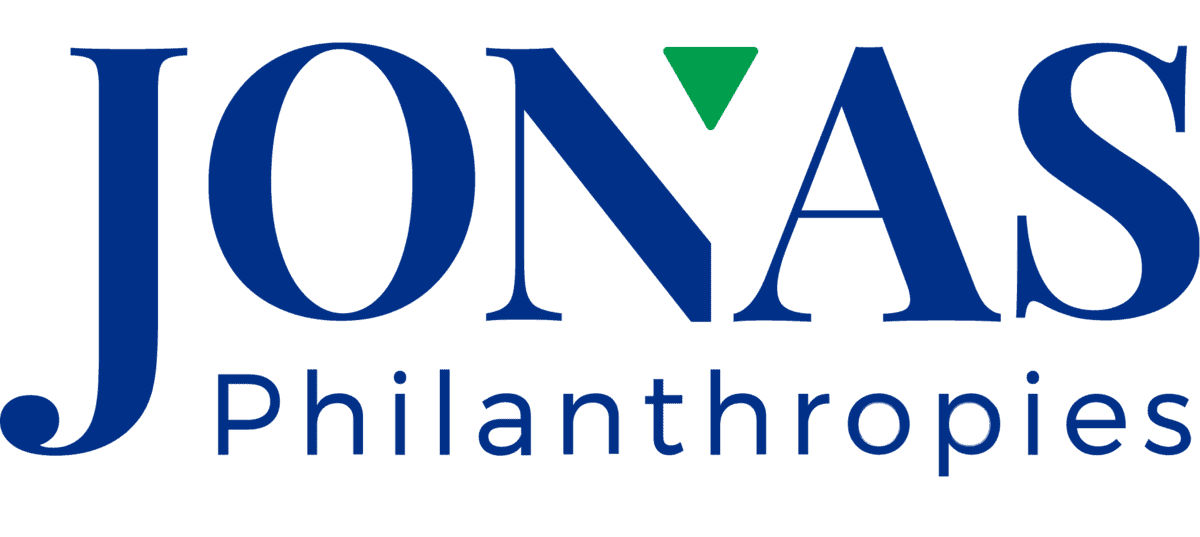
The world doesn’t change one person at a time. It changes as networks of relationships form among people who discover they share a common cause and vision of what’s possible… Rather than worry about critical mass, our work is to foster critical connections. We don’t need to convince large numbers of people to change; instead, we need to connect with kindred spirits. Through these relationships, we will develop the new knowledge, practices, courage, and commitment that lead to broad-based change. – Margaret Wheatley

What we do to the environment, we do unto ourselves. Our environment’s health is our health.
Everything exists in systems of relationships, or ecologies. We exist in interdependent relationships with our environment through the food we eat, water we drink, air we breathe, and communities we are a part of. Our behaviors, including land, agricultural, and water management practices, affect our environment and, consequently, our health.
Daily Acts has always prioritized the health of our environment by promoting land and water stewardship and homegrown skills. As part of our Be The Change model, in addition to spreading solutions and models, we are building networks and coalitions to strengthen community leadership and build the public will and civic engagement needed to shift culture and influence policy change specific to our environmental health.
There is no one-size-fits-all solution or pathway to restoring and enhancing our environmental health. There are many solutions and pathways. Much of what we need to resolve our most challenging environmental health issues can be found right here in our community. To this effect, we are proud to be the home of the North Bay Area Environmental Health Network and to help weave together coalitions and networks to address our environmental health issues.
What is Environmental Health?
Environmental health is the science and practice of preventing human illness and injury and promoting wellness for all. Environmental health is an intersectional issue that layers environmental justice and social justice issues. Community members who live, learn, and work on the frontlines of agriculture and industry are disproportionately impacted by unhealthy environmental practices.
North Bay Environmental Health Network
Rooted in science and evidence-based best practices, our environmental health network creates a forum for discussion about critical environmental health risks and a platform for sharing protective resources and calls to action.
Current Networks & Alliances:
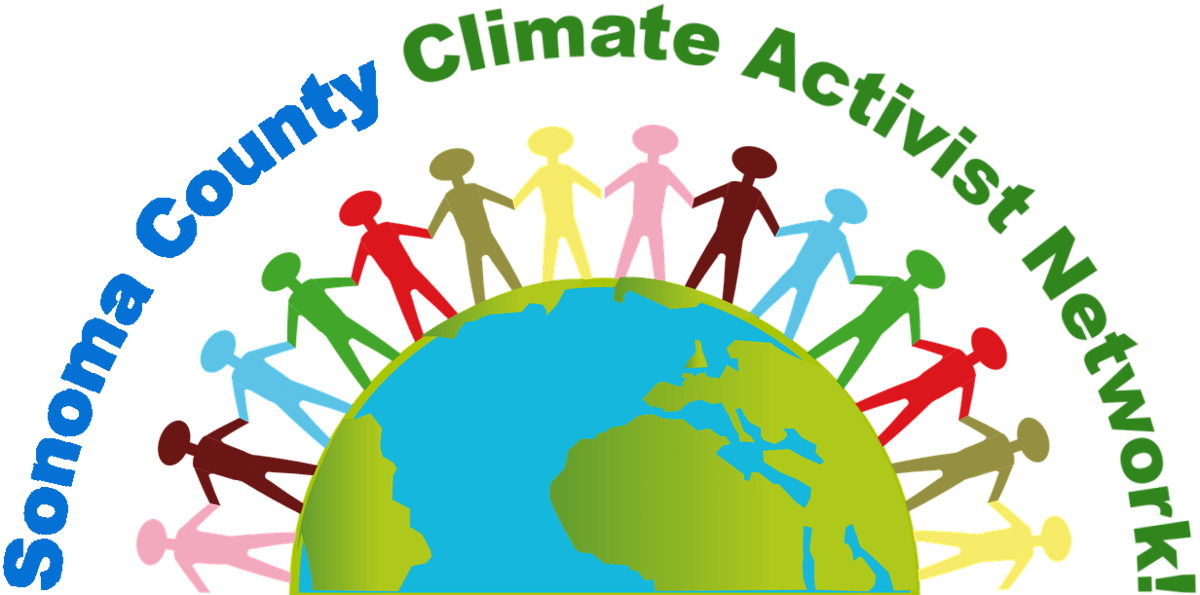
Sonoma County Climate Activists Network (SoCo CAN)
Sonoma County Climate Activists Network(S0C0 CAN)is composed of climate activist groups and individuals working together to address and reverse climate change.
Join a meeting:
Peace & Justice Center
467 Sebastopol Ave, Santa Rosa 95401
7:00 pm – 9:00 pm on the 5th Monday
(only on months that have 5 Mondays)
Contact: [email protected]
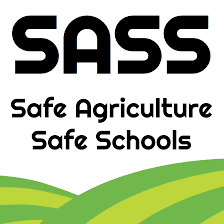
Sonoma Safe Agriculture Safe Schools (SASS)
Sonoma Safe Agriculture Safe Schools (SASS) is a coalition of community organizations paving the way for safer land management policies around our schools and communities. Our work has resulted in multiple city and school district bans on pesticide use on publicly owned land throughout Sonoma County. The majority of parks in Sonoma County are now managed completely toxics-free!

Families Advocating for Chemical and Toxics Safety (FACTS)
Families Advocating for Chemical and Toxics Safety (FACTS) a one-stop clearinghouse for evidence-based information and expert resources in children’s environmental health. FACTS promotes easy, affordable, and sustainable actions to remediate the unnecessary and harmful exposure to chemicals and toxics in our everyday lives. FACTS is a project of the Center for Environmental Health.
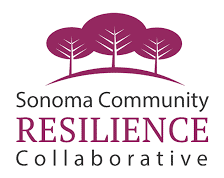
Sonoma Community Resilience Collaborative
Sonoma Community Resilience Collaborative is working in partnership across our community with The Center for Mind Body Medicine. The vision for the Collaborative, which has been endorsed and adopted as a part of Sonoma County Health Action, is to develop our local capacity for healing, empower people with comprehensive tools, build the social connections that are the predictor of community resilience, and prevent the progression of stress and trauma into more serious social, mental, physical, and social impacts.
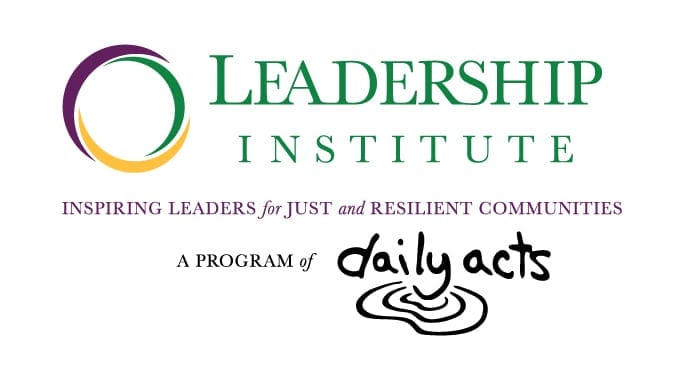
Leadership Institute for Just and Resilient Communities
Designed around the principle that true leadership comes from the inside out, The Leadership Institute for Just and Resilient Communities centers on strengthening our internal compass, empowering civic action, and growing collective power through collaboration. Our goal over this 10-month program is to offer passionate change agents the inspiration, skills and support to strengthen their leadership in addressing our climate crisis, closing the historical and escalating inequality gaps, and growing connection with self, community and place.

Bay Area Climate Literacy Impact Collaborative
Through our ECO2school program, we participate in Bay Area Climate Literacy Impact Collaborative. BayCLIC points educators towards the highest quality professional development opportunities that are available, simplifying the process of getting started. They design and host a climate education road-map, which provides a brief and digestible summary of the recommended steps an educator needs to take to start communicating on climate change. They go beyond climate literacy and shift individuals towards more climate friendly behaviors.
Past North Bay Environmental Health Network Projects
We take pride in every project. We are so grateful for our incredible partners who make our work possible!
Resource Guides
|
||||||||||||||||||||||||||||||||||||||||||||
|---|---|---|---|---|---|---|---|---|---|---|---|---|---|---|---|---|---|---|---|---|---|---|---|---|---|---|---|---|---|---|---|---|---|---|---|---|---|---|---|---|---|---|---|---|
HEALTHY SCHOOLS + HEALTHY KIDS + BRIGHTER FUTURE
BEST PRACTICES FOR A TOXIC-FREE CAMPUS
Children are uniquely vulnerable to toxics exposure. Their size, immature organs, and developing bodies and brains make their exposure proportionately greater and their ability to detoxify or mitigate certain toxics more difficult. Children are at a greater risk because of the way they live in, play with, and experience their environments.
Toxics are linked to asthma, developmental delays, learning disabilities, autism, autoimmune disorders such as lupus and cancer, and increased incidences of behavioral problems. Since children spend up to 65% of their time in school, you can improve their health through simple daily acts in your classroom and on campus.
There are three main routes of toxics exposure: inhalation, skin absorption, and ingestion. Breathing in fragrances or exhaust fumes from idling cars, touching or playing on surfaces that have been chemically treated, or ingesting contaminated food and water are common forms of exposure.
GREEN CLEANING
- Choose natural hand soaps & wash hands frequently
- No antibacterial hand soaps
- No alcohol-based sanitizing gels or cleaners
- Use disinfectants ONLY for body fluid spills
- Use bio-based & biodegradable cleaning products labeled with GreenSeal® or EcoLogo®
- No products with chlorine-based ingredients
- Wash surfaces with vinegar and water
AIR QUALITY CONTROL
- Adopt a Fragrance-Free Agreement
- No air fresheners, odor neutralizers, or scents
- Ensure good classroom ventilation
- Change/clean air filters regularly
- Adopt a school-wide No-Idling Policy
CHEMICAL SAFETY
- Use non-toxic classroom/art supplies
- Avoid foods from Environmental Working Group’s Dirty 12
- Share snacks and treats from Environmental Working Group’s Clean 15
- Drink filtered water & encourage students to bring BPA-free reusable bottle
- Don’t spray pesticides, insecticiedes, or herbicides on campus
- Adopt Organic Pest Management & Turf Maintenance Practices
RESPONSIBLE TECHNOLOGY
- Hard wire your tech
- Avoid prolonged, close contact with wireless routers, laptop computers, chrome books, tablets & cellphones
- Place all wireless devices in airplane mode when not in use
- De-activite wifi modem connection when not in use
- Don’t cluster children together with wireless devices


